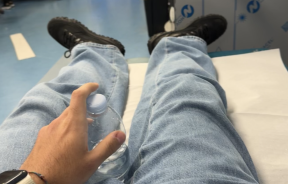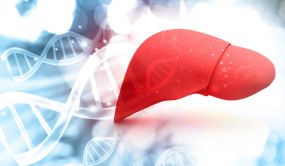Woman Returns From Vacation With Headache, Strange Leg Symptoms, Doctors Find Brain Worms

A three-week vacation to Thailand, Japan, and Hawaii turned nightmarish for a 30-year-old New England woman after she developed severe headaches and a strange sensation in her legs on returning home. As her symptoms worsened, leading to confusion and hospitalization, doctors discovered she had a parasitic meningitis infection from brain worms.
According to the case described in the New England Journal of Medicine, the woman was diagnosed with eosinophilic meningitis from rat lungworm, a parasitic worm that gets into the human body typically through contaminated food.
Around two weeks after returning from vacation, the unidentified woman felt a burning sensation in the feet which soon extended to the legs and worsened even with a light touch. She also experienced fatigue, headaches, fever, and confusion.
When doctors evaluated her activities during her vacation they found that in the last 10 days of the trip, while she was in Hawaii, she swam in the ocean several times and frequently ate salads and sushi. Since the regions are endemic to parasites, the doctors evaluated the possibility of different parasites before finding the real culprit- rat lungworm or Angiostrongylus cantonensis.
The patient received treatment with the steroid prednisone, which reduced inflammation by suppressing the immune system, along with an anti-parasitic medication. After six days of hospitalization, her condition improved, and she was discharged.
According to the case study, infection from rat lungworm can occur through multiple sources: consuming raw or undercooked infected snails or slugs; eating vegetables or fruits contaminated by infected snails, slugs, flatworms, or their infectious larvae-containing slime; or ingesting infected paratenic hosts such as land crabs, freshwater prawns, or frogs that have fed on an infected snail. However, the infection does not spread from one person to another.
The symptoms typically arise 1 to 2 weeks after ingestion. The signs include severe headache, neck pain, tingling sensation, sensitivity to light, nausea, vision changes, and confusion. Although people recover fully after treatment, in certain cases, the infection can lead to complications including hearing loss, seizures, and memory issues.
The most important step to reduce the risk of rat lungworm infection is to avoid eating raw foods, such as salads, and to ensure that snails, crabs, and shrimp are thoroughly cooked. Washing or cooking vegetables carefully and checking them for slugs or snails can also help prevent exposure.



























